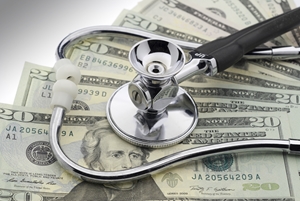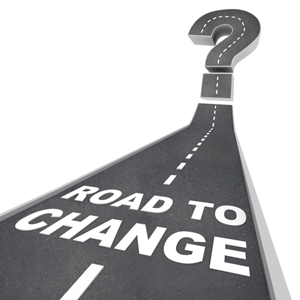
There's some good news and bad news to report for large employers that provide employee benefits to their workers. The good news is that health care cost increases aren't expected to rise exorbitantly in 2016. However, much of this is contingent on making some changes to the way in which benefits are distributed, changes that for some may be the bad news, according to a newly released survey done by nonprofit association National Business Group on Health.
For employers who offer health insurance to their workers – soon to be a requirement in 2016 for businesses with more than 50 employees – health care benefit expenses are projected to increase by 6 percent next year, NBGH reported, based on a survey of 425 large employers.
At the same time, though, employee benefit expenses could rise more significantly if businesses don't make adjustments to their current plan offerings. Potential changes may include increasing cost-sharing provisions, expanding wellness benefits or adopting consumer-directed health plans, according to NBGH.
'Cadillac Tax' may soon be triggered
For some, the increase in benefit expenses may result from the "Cadillac Tax." Described as such to refer to rich benefit plans, the Cadillac Tax was created as a means of providing the proceeds to help pay for people who need health insurance but can't afford it without subsidization. The ACA-imposed tax serves as an additional subsidy resource. It goes into effect in 2018, requiring employers to pay a 40 percent excise tax on costs of health plans that are greater than $10,200 per person and $27,500 for family coverage, Forbes reported.
Nearly half of large business owners believes that one or more of their benefit plans will reach the excise tax threshold in 2016 if they don't make some of the aforementioned changes, NBGH reported from the survey. And by 2020, nearly 75 percent think they'll reach the Cadillac tax triggering point.
Brian Marcotte, NBGH president and CEO, noted that if there's ever been a time for employers to rein in their health care expenses, it's now.
"The need to control rising health care benefits costs has never been greater," Marcotte explained. "Rising costs have plagued employers for many years, and now the looming excise tax is adding pressure. Employers only have two more years to bend the cost curve before the excise tax goes into effect in 2018."
He added that whatever changes employers make to control their health care spending, it may be postponing the inevitable, as many companies believe their actions will all be for naught come 2018.
High-cost claimants leading driver of health care costs
It isn't just the Cadillac Tax that may push employers' health benefit costs higher. For those who are already experiencing rising health care expenses, 43 percent believe that the leading driver is high-cost claimants, the NBGH poll revealed. Other factors influencing expenses, according to respondents, included prescription drugs, medical inflation and specific diseases or conditions, as the ACA forbids insurers from denying coverage based on preexisting health conditions. Over the last several years, health care cost increases have been relatively moderate, according to data from the Kaiser Family Foundation and Peterson Center on Health Care. For example, in the 1970s, the average annual growth rate in health care spending was 12 percent. Since then, though, spending has still risen from year to year, but less significantly, up 3.4 percent in 2012 and 2.9 percent in 2013.
Health care cost increases moving forward are projected to grow by a larger percentage, potentially by as much as 4.4 percent this year and peaking at 5.3 percent in 2020, the report detailed.





